Basmati Vs Jasmine Rice are both known for their captivating aromas and tasty flavors. Though these two rice varieties have many features in common, their aromatic allure, nutrition, origins, and textures set them apart. Continue to read the article to get more info about Basmati Vs Jasmine Rice and gain a deeper appreciation for the culinary treasures they offer, including nutritional values and the preparation process.
1. What Is Basmati Rice?
Basmati rice, distinct from Jasmine rice, is a unique variety of long grain rice, renowned for its fragrant aroma and exquisite flavor. Primarily cultivated in the Indian subcontinent, particularly in India and Pakistan, Basmati holds a special place in South Asian cuisines. It’s characterized by its long, slender grains that expand significantly during cooking, becoming remarkably fluffy and separate, unlike the stickier Jasmine rice.
Basmati rice is available in both white and brown versions. The white Basmati, having undergone milling and polishing, presents a softer texture and a quicker cooking time. In contrast, the brown Basmati retains its outer bran layer, offering added nutritional benefits such as higher fiber content, and a nuttier flavor compared to its white counterpart.
Basmatic rice is the main ingredient in many Indian and Middle Eastern dishes. It’s often used in biryanis, pilafs, and served with curries. Its ability to absorb flavors makes it an ideal choice for spiced or herbed dishes.
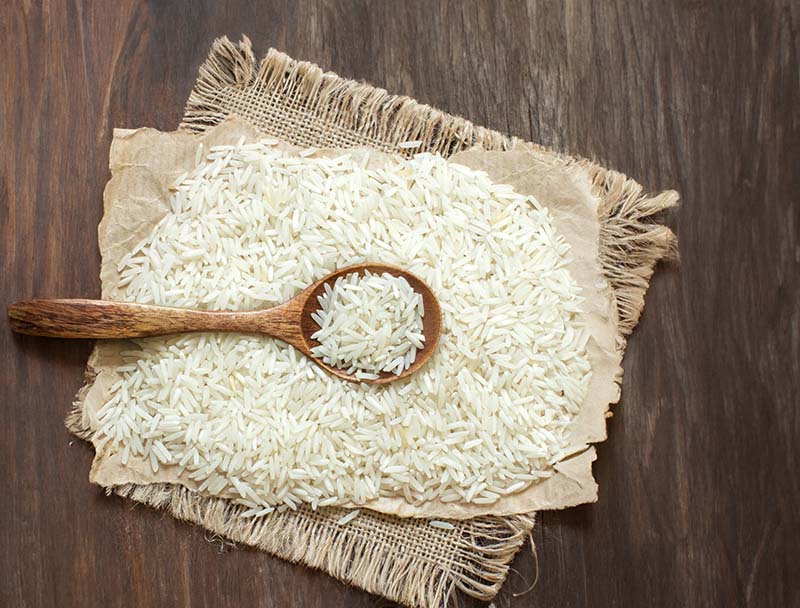
Notes:
- Cooking Tips: To enhance Basmati rice’s natural flavor, it’s recommended to soak it for about 30 minutes before cooking. This step also helps in achieving a fluffier texture.
- Health Benefits: Brown Basmati rice, due to its fiber content, is beneficial for digestion and may help in regulating blood sugar levels.
- Culinary Uses: Try using Basmati rice in your next rice pudding recipe for a fragrant twist, or pair it with saffron and nuts for an aromatic side dish.
2. What Is Jasmine Rice?
Jasmine rice stands out from Basmati rice as a popular variety of long grain rice known for its unique fragrance, akin to the aroma of jasmine flowers. This rice is a staple in Southeast Asian cuisine, especially in countries like Thailand, Laos, and Vietnam, contrasting with Basmati’s South Asian roots.
Jasmine rice grains are slightly shorter and rounder compared to the slender Basmati. When cooked, Jasmine rice is noted for its slightly sticky and tender texture, making it an ideal choice for dishes where slightly clingy rice is preferred, such as in Thai curries, stir-fries, and sticky rice desserts.
Available in both white and brown forms, Jasmine rice offers versatility in cooking. The white Jasmine rice, more common in culinary use, cooks up softer and is suited for a wide range of dishes. The brown variety, retaining its bran layer, provides more fiber and a chewier texture, alongside a richer nutritional profile.

Notes:
- Cooking Jasmine Rice: Unlike Basmati, Jasmine rice does not require soaking before cooking. It’s best cooked with a 1:1.5 ratio of rice to water to maintain its delicate texture.
- Health Aspects: Brown Jasmine rice is a healthier option, offering benefits like improved digestion and being a good source of antioxidants.
- Culinary Pairing: Jasmine rice pairs excellently with coconut flavors, making it a go-to choice for coconut-based dishes or as a base for tropical-inspired meals.
3. Comparing Basmati And Jasmine Rice
The white Basmati and Jasmine rice, which are both renowned for their unique aromas and tastes, are often compared due to their elevated flavor profiles. Originating from different regions, Basmati hails from India, while Jasmine rice is primarily grown in Thailand. Their distinct aromas set them apart in the world of culinary delights.
Both are long-grain varieties, requiring a rinse before cooking to remove excess starch. However, their textures and shapes after cooking are notably different. Basmati rice is characterized by its elongated, slender grains. It offers a drier, chewier texture, perfect for dishes where separate, fluffy grains are desired. In contrast, Jasmine rice grains are a bit shorter and more rounded. When cooked, they are plumper and softer, often sticking together slightly, making them ideal for dishes where a stickier texture is preferred.
In terms of culinary applications, Basmati rice is great for recipes where it can soak up tasty sauces and spices. It’s especially good with soft meats like in popular dishes such as chicken or lamb biryani. Because it stays separate and doesn’t get sticky after cooking, it’s a top choice for these kinds of meals.
On the other hand, Jasmine rice works best in lighter dishes that don’t focus much on meats. Its slightly sticky and soft texture is perfect with seafood and veggies. It’s also ideal for soups and stews because the grains stick together a bit, making it easier to eat with chopsticks.
Ultimately, the choice between Basmati and Jasmine rice boils down to the desired texture and the specific requirements of the dish being prepared. Both varieties offer exceptional versatility and enhance the overall sensory experience of a meal with their fragrant qualities.
4. The Key Differences in Preparing Basmati and Jasmine Rice
When it comes to preparing Basmati and Jasmine rice, both varieties start with a common step: rinsing. Rinsing is crucial for removing excess starch, which helps prevent the rice grains from becoming overly sticky during cooking. However, the similarities in their preparation largely end here, as each type of rice flourishes under different cooking methods due to their distinct textures.
Basmati Rice Preparation:
- Soaking: Basmati rice greatly benefits from being soaked for about 30 minutes before cooking. This soaking process allows the grains to absorb water, leading to an even expansion during cooking and resulting in the signature fluffy and separate texture that Basmati rice is known for.
- Cooking Method: Post soaking, Basmati rice is typically boiled. The water-to-rice ratio and cooking time are critical to achieve the perfect texture. A common ratio is 1 ½ to 2 cups of water for every cup of rice.
Jasmine Rice Preparation:
- No Soaking Required: Unlike Basmati, Jasmine rice does not require soaking. Once rinsed, it is ready for cooking, which simplifies the preparation process.
- Steaming Preferred: While boiling is also an option, steaming is often the preferred method for cooking Jasmine rice. This technique helps to preserve its delicate, slightly sticky texture, which is characteristic of Jasmine rice. The water-to-rice ratio is generally 1:1 when steaming, ensuring that the grains are tender but not mushy.
5. Nutritional Comparison Between Jasmine and Basmati Rice
When it comes to comparing the nutritional profiles of Jasmine and Basmati rice, both varieties are relatively low in fat and provide a modest amount of protein. However, there are noteworthy distinctions, particularly in their glycemic index, which impacts blood sugar levels and the sensation of fullness.
Here’s a detailed nutrient comparison based on a 45-gram serving (approximately 1/4 cup) of each rice variety:
Jasmine Rice (45g serving):
- Calories: Approximately 160 calories.
- Fat: Negligible fat content.
- Protein: Contains a small amount of protein.
- Glycemic Index (GI): Falls within the range of 68-80. Jasmine rice has a relatively higher GI, causing a quicker increase in blood sugar levels.
Basmati Rice (45g serving):
- Calories: Similar to Jasmine rice, around 160 calories.
- Fat: Minimal fat content, like Jasmine rice.
- Protein: Provides a modest amount of protein, similar to Jasmine rice.
- Glycemic Index (GI): Basmati rice has a lower GI, typically ranging from 57-67. This lower GI means that it raises blood sugar levels more slowly, potentially leading to a more sustained feeling of fullness.
6. Rice Recipes With Jasmine vs Basmati Rice
Here are detailed recipes that demonstrate how to incorporate Jasmine and Basmati rice into a variety of delicious dishes:
6.1 Nasi Lemak With Sambal
Nasi Lemak is a delightful way to showcase fragrant rice, enriched with creamy coconut milk. Accompanied by spicy chili sauce, tender hard-boiled eggs, crunchy peanuts, fried anchovies, and crisp cucumber, it’s a complete culinary experience. While the recipe suggests Basmati rice, Jasmine rice can also be a fantastic choice for this aromatic Malaysian dish.
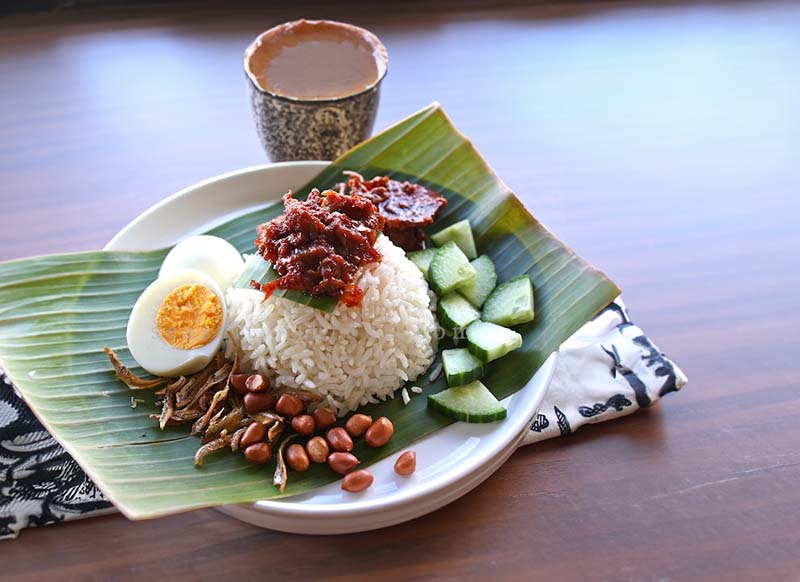
6.2 Beef Bibimbap
This Korean Bibimbap is a flavorful and satisfying meal in a bowl. It features steaming hot rice topped with garlicky steak, a medley of vegetables, bean sprouts, sesame seeds, and Korean chili paste. The beauty of this dish lies in its adaptability—feel free to customize it by adding or substituting ingredients according to your preferences.
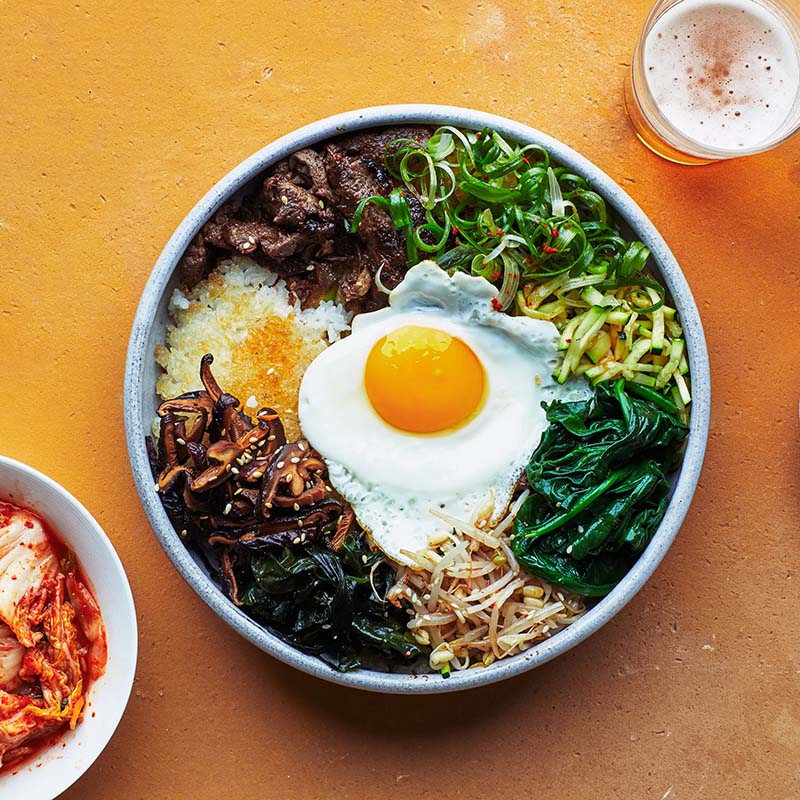
6.3 Vietnamese Chicken Rice Porridge
This Vietnamese Chicken Rice Porridge, reminiscent of jook, offers comfort in a bowl. Creamy ginger-scented jasmine rice porridge is complemented by poached chicken, fresh herbs, crunchy roasted peanuts, and fried shallots. It’s a warm and filling dish that exudes homey comfort.
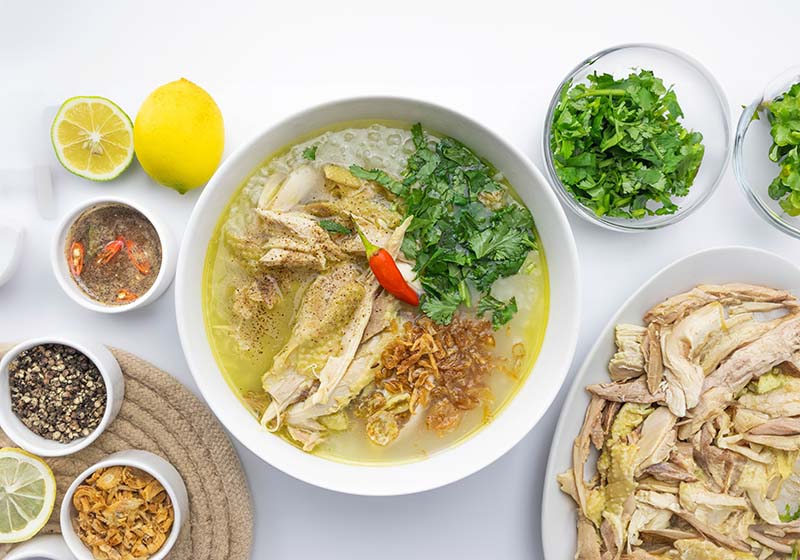
6.4 Eggplant Curry With Lemongrass
This aromatic vegetarian curry features eggplant infused with the flavors of lemongrass and coriander. It pairs exceptionally well with fragrant Jasmine or Basmati rice, creating a harmonious blend of flavors and textures that’s sure to captivate your taste buds.
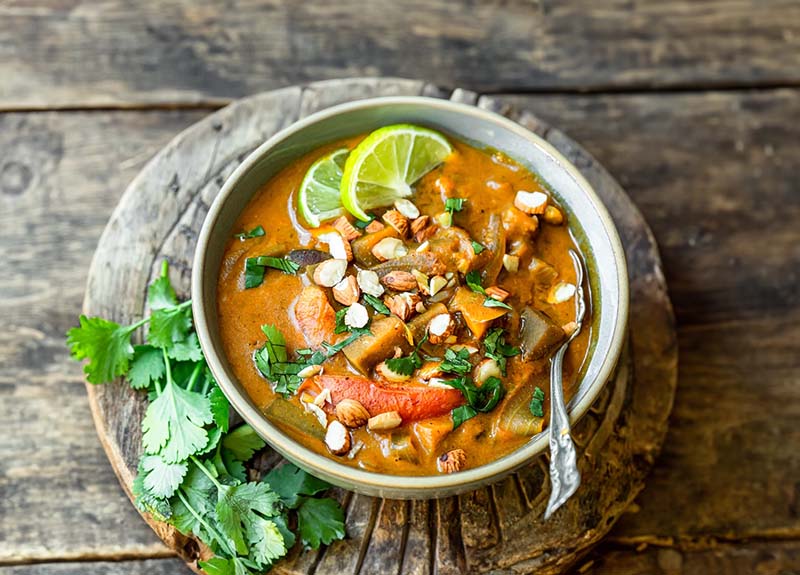
6.5 Stuffed Poblano Peppers with Black Beans and Cheese
These vegetarian stuffed poblano peppers are a hearty main meal bursting with bright and earthy Mexican flavors. They offer a delightful blend of ingredients and are simple to prepare, making them an excellent choice for any gathering or weeknight dinner.
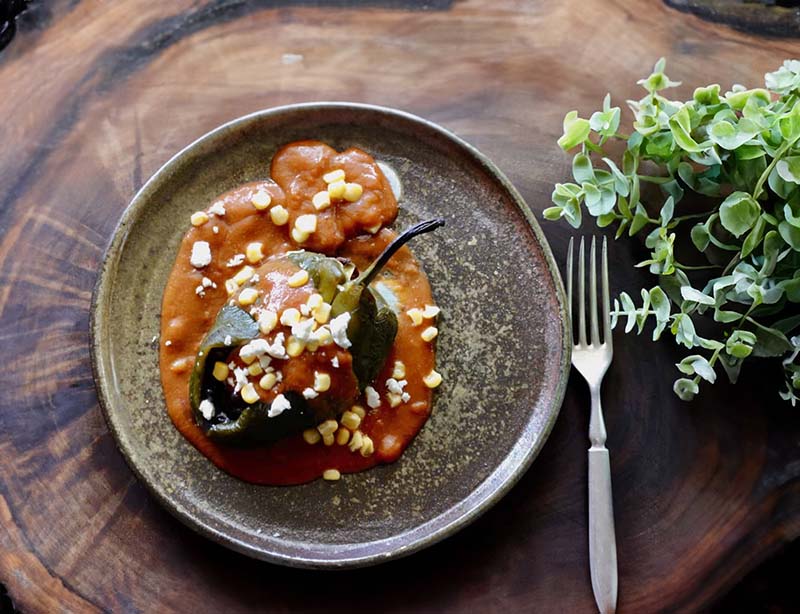
6.6 Slow Cooker Fried Rice
This convenient fried rice recipe is not only loaded with vegetables but also incredibly easy to prepare. You can use fragrant Jasmine rice, and the best part is that you can even include diced, cooked pork or bacon for a meaty twist. Just let your slow cooker do the work, and you’ll have a satisfying, delicious meal ready after a minute.
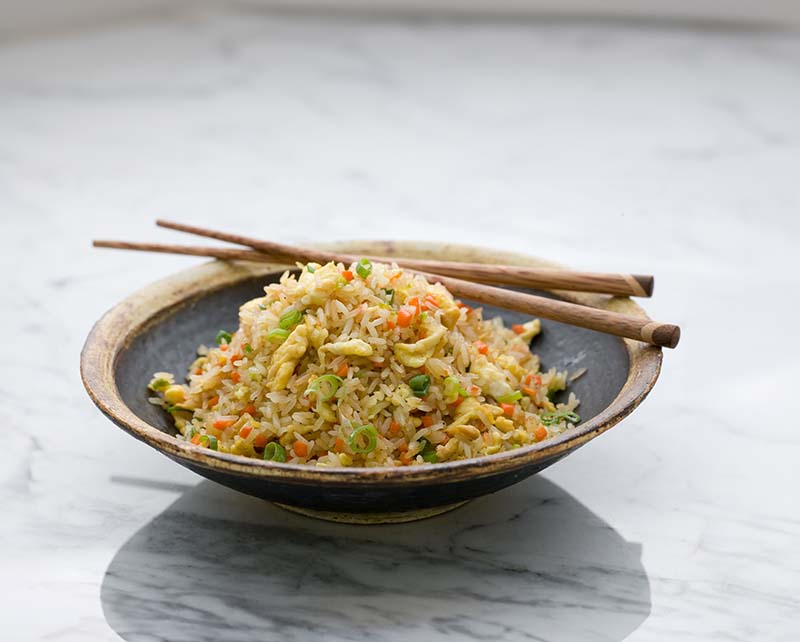
6.7 Coconut And Rice Pudding
Finish your meal on a sweet note with this Ghanaian-inspired Coconut and Rice Pudding. It’s a simple yet comforting dessert featuring rice soaked in coconut milk. Top it with toasted coconut or diced mango for a touch of tropical delight.
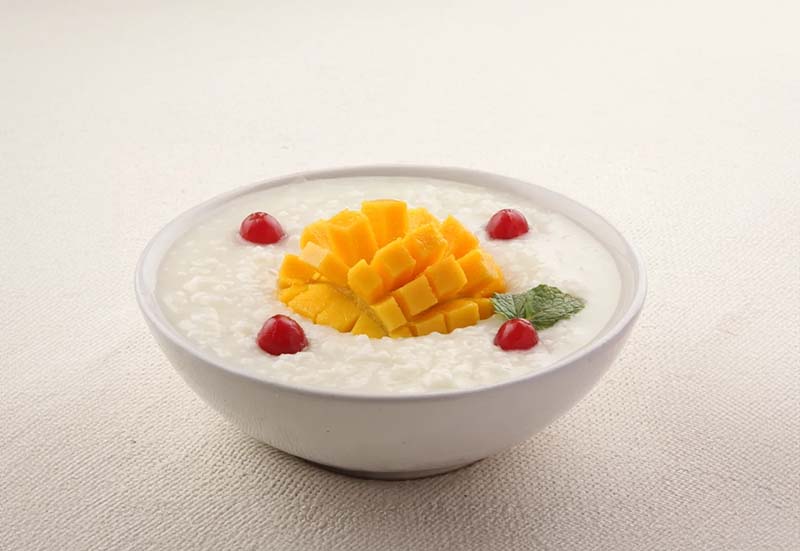
7. Conclusion
Jasmine and Basmati rice, though alike in aroma, are distinctly unique in many features. Their differences in nutritional profiles, origins, and textures offer endless versatility and innovation in food. We invite you to share your favorite recipes and experiences with Basmati Vs Jasmine Rice. Hungry for more knowledge? Explore our other Biosculpture blogs. Embrace the world of Basmati Vs Jasmine Rice, one fragrant grain at a time!
>>See more related articles:
1. Rice Cakes Calories: Nutrition and Health Implications
2. Is Brown Rice Easy to Digest? A Comprehensive Analysis


